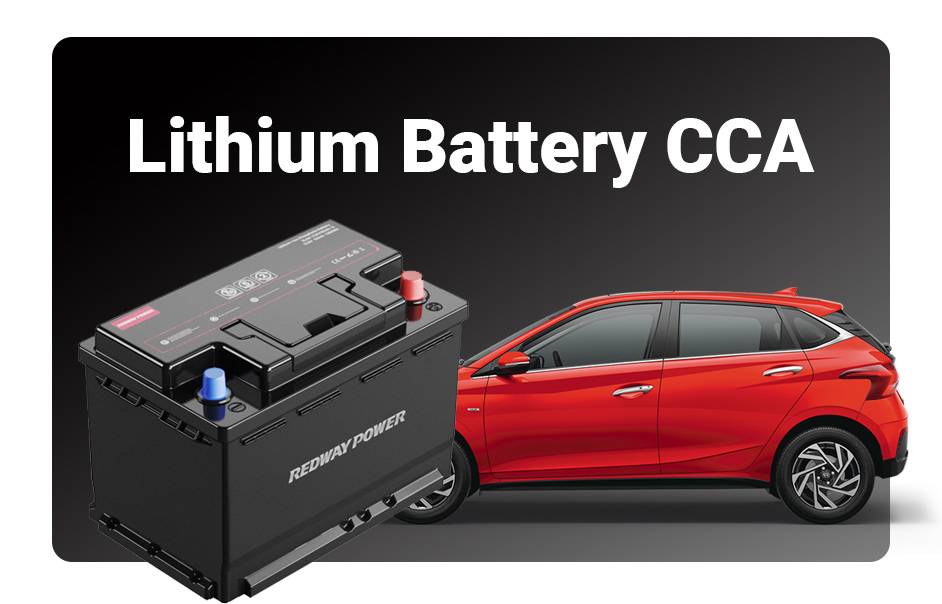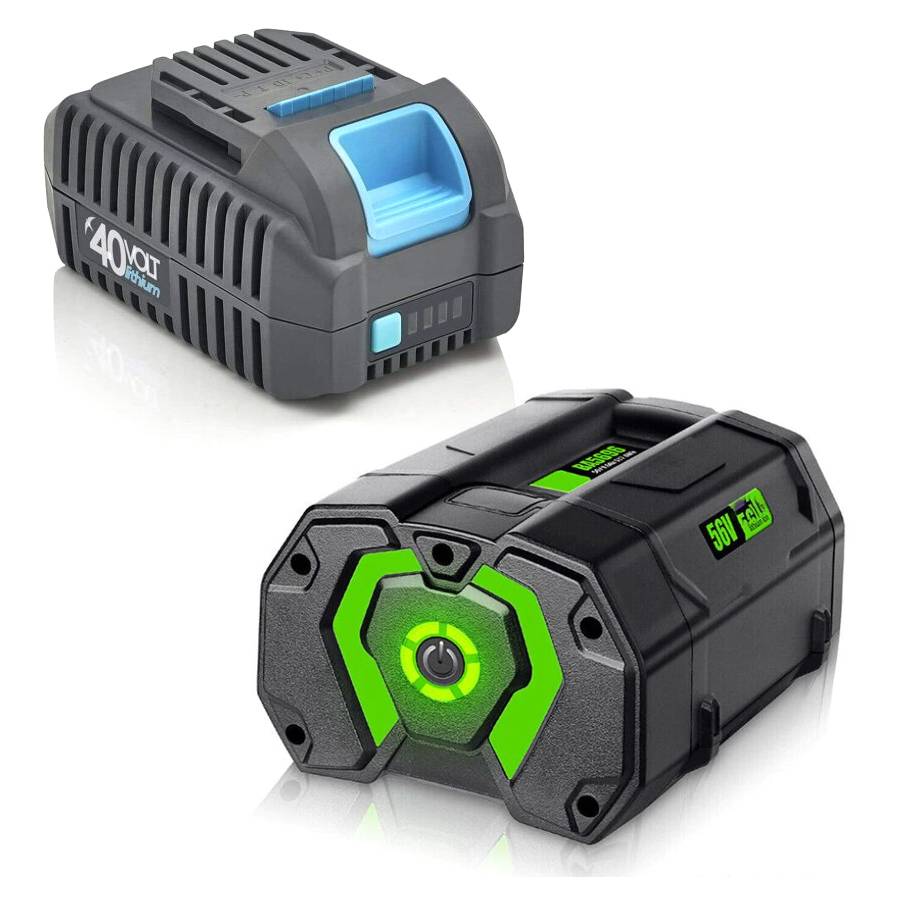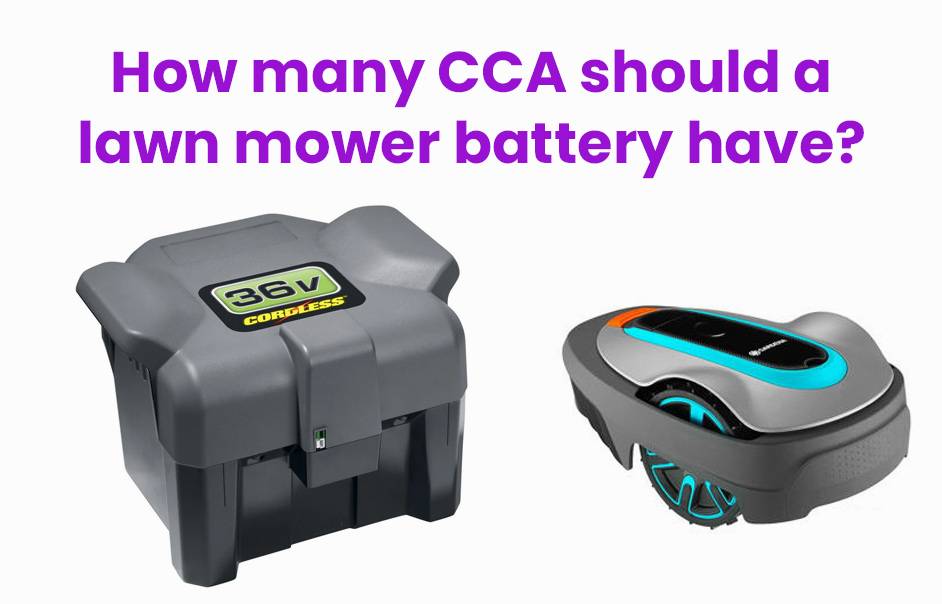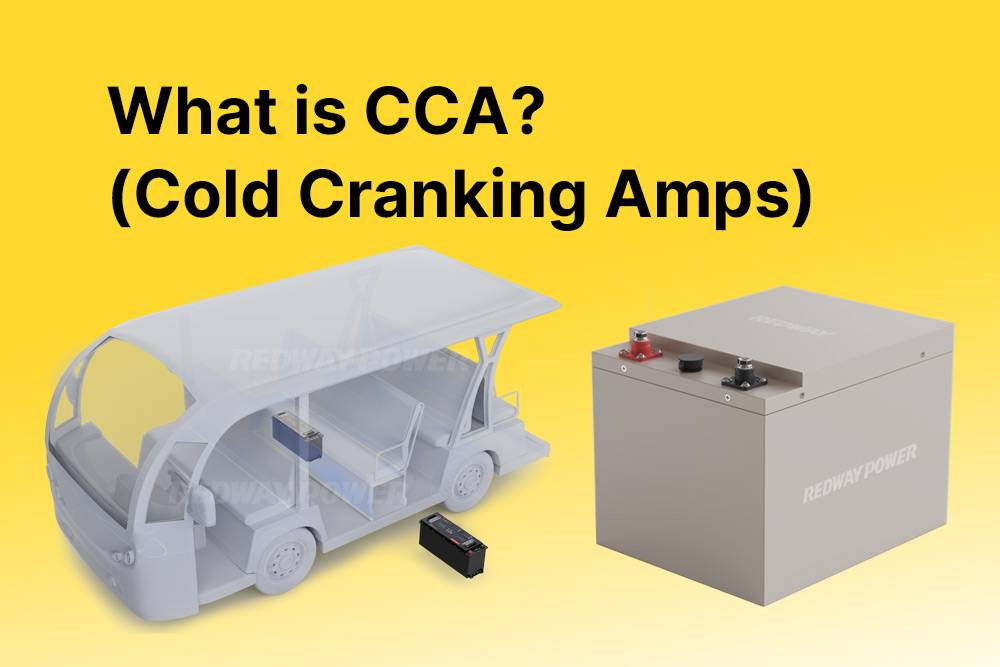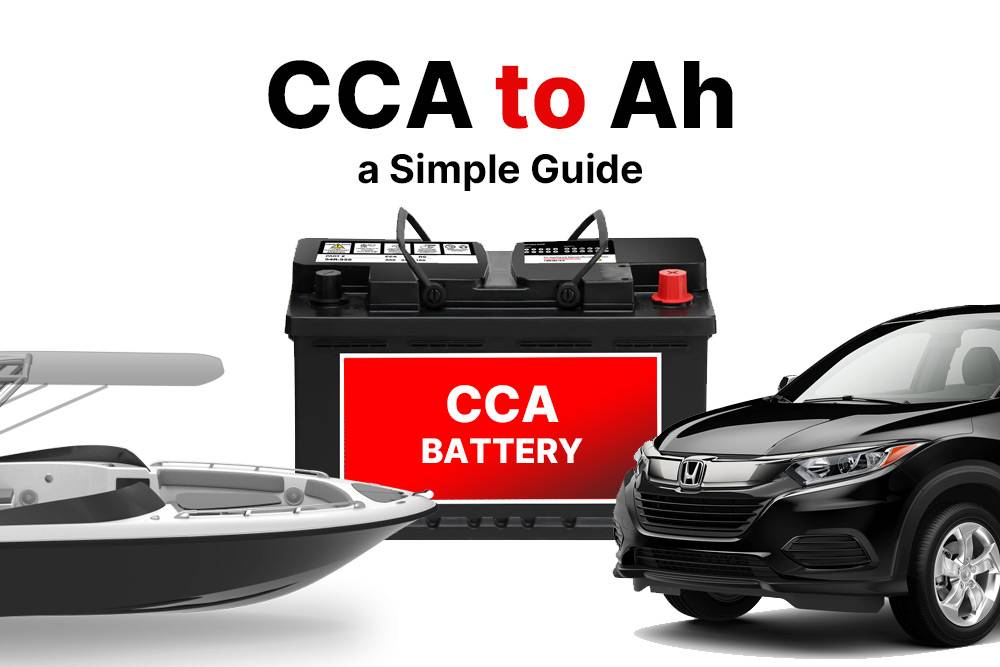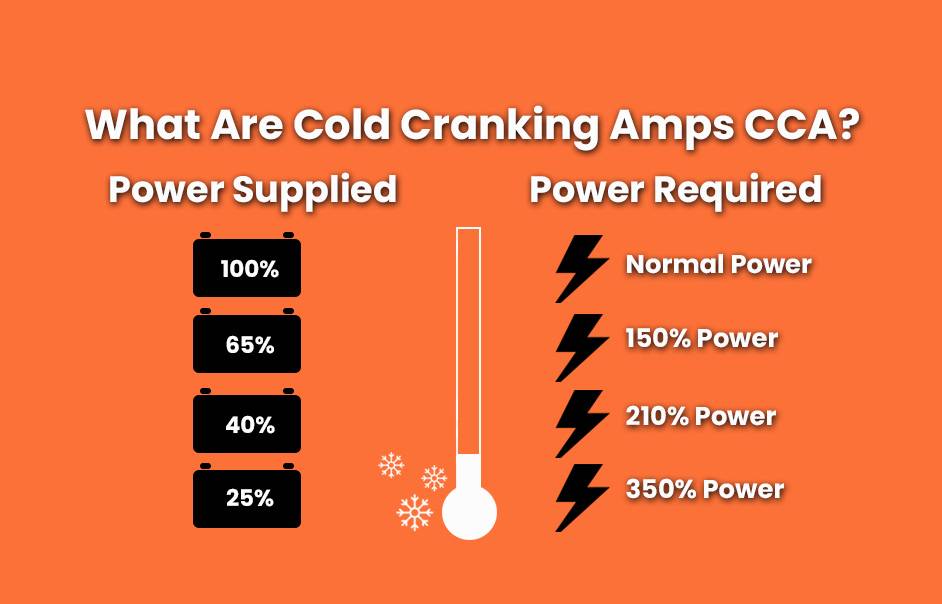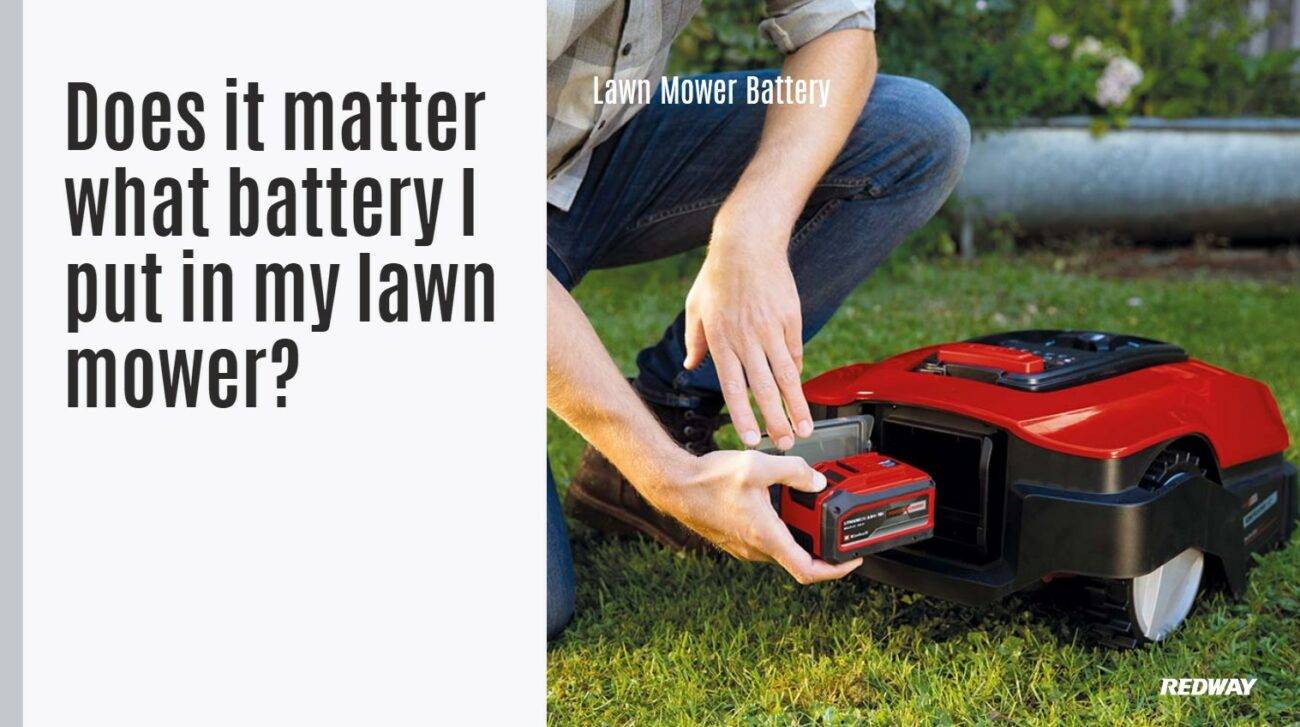- Forklift Lithium Battery
-
48V
- 48V 210Ah
- 48V 300Ah
- 48V 420Ah (949 x 349 x 569 mm)
- 48V 420Ah (950 x 421 x 450 mm)
- 48V 456Ah
- 48V 460Ah (830 x 630 x 590 mm)
- 48V 460Ah (950 x 421 x 450 mm)
- 48V 460Ah (800 x 630 x 600 mm)
- 48V 460Ah (820 x 660 x 470 mm)
- 48V 500Ah
- 48V 560Ah (810 x 630 x 600 mm)
- 48V 560Ah (950 x 592 x 450 mm)
- 48V 600Ah
- 48V 630Ah
-
48V
- Lithium Golf Cart Battery
- 12V Lithium Battery
12V 150Ah Lithium RV Battery
Bluetooth App | BCI Group 31
LiFePO4 Lithium
Discharge Temperature -20°C ~ 65°C
Fast Charger 14.6V 50A
Solar MPPT Charging - 24V Lithium Battery
- 36V Lithium Battery
- 48V Lithium Battery
-
48V LiFePO4 Battery
- 48V 50Ah
- 48V 50Ah (for Golf Carts)
- 48V 60Ah (8D)
- 48V 100Ah (8D)
- 48V 100Ah
- 48V 100Ah (Discharge 100A for Golf Carts)
- 48V 100Ah (Discharge 150A for Golf Carts)
- 48V 100Ah (Discharge 200A for Golf Carts)
- 48V 150Ah (for Golf Carts)
- 48V 160Ah (Discharge 100A for Golf Carts)
- 48V 160Ah (Discharge 160A for Golf Carts)
-
48V LiFePO4 Battery
- 60V Lithium Battery
-
60V LiFePO4 Battery
- 60V 20Ah
- 60V 30Ah
- 60V 50Ah
- 60V 50Ah (Small Size / Side Terminal)
- 60V 100Ah (for Electric Motocycle, Electric Scooter, LSV, AGV)
- 60V 100Ah (for Forklift, AGV, Electric Scooter, Sweeper)
- 60V 150Ah (E-Motocycle / E-Scooter / E-Tricycle / Tour LSV)
- 60V 200Ah (for Forklift, AGV, Electric Scooter, Sweeper)
-
60V LiFePO4 Battery
- 72V~96V Lithium Battery
- Rack-mounted Lithium Battery
- E-Bike Battery
- All-in-One Home-ESS
- Wall-mount Battery ESS
-
Home-ESS Lithium Battery PowerWall
- 24V 100Ah 2.4kWh PW24100-S PowerWall
- 48V 50Ah 2.4kWh PW4850-S PowerWall
- 48V 50Ah 2.56kWh PW5150-S PowerWall
- 48V 100Ah 5.12kWh PW51100-F PowerWall (IP65)
- 48V 100Ah 5.12kWh PW51100-S PowerWall
- 48V 100Ah 5.12kWh PW51100-H PowerWall
- 48V 200Ah 10kWh PW51200-H PowerWall
- 48V 300Ah 15kWh PW51300-H PowerWall
PowerWall 51.2V 100Ah LiFePO4 Lithium Battery
Highly popular in Asia and Eastern Europe.
CE Certification | Home-ESS -
Home-ESS Lithium Battery PowerWall
- Portable Power Stations
How Many CCA Should A Lawn Mower Battery Have?

Understanding Cold Cranking Amps (CCA)
Cold Cranking Amps (CCA) measures a battery’s ability to start an engine in cold temperatures. It indicates how much current a fully charged battery can deliver at 0°F for 30 seconds while maintaining a minimum voltage of 7.2 volts. Higher CCA ratings are crucial for reliable starts, especially in colder climates.
Cold Cranking Amps is a critical measurement for batteries, especially in applications like lawn mowers where reliable starting power is essential. CCA indicates how much current a battery can deliver at 0°F (-18°C) for 30 seconds while maintaining a minimum voltage of 7.2 volts.
Importance of CCA in Lawn Mowers
CCA is vital for lawn mowers as it determines starting power in low temperatures. A higher CCA rating ensures that the mower starts easily after sitting idle, particularly during winter months. Proper CCA selection can also enhance battery longevity by preventing excessive strain during starting.
- Reliable Starting: A higher CCA rating means better starting power, which is crucial for lawn mowers that may sit unused for long periods.
- Weather Performance: In colder climates, a battery with adequate CCA ensures that the mower starts easily, even in low temperatures.
- Battery Longevity: Choosing a battery with the right CCA can help prevent damage from excessive strain during starting.
| Temperature | Minimum CCA Required |
|---|---|
| 0°F (-18°C) | 150 – 300 |
| 32°F (0°C) | Lower than at 0°F |
| 50°F (10°C) | Even lower |
Choosing the Right CCA for Your Lawn Mower
When selecting the right CCA for your lawn mower, refer to the manufacturer’s specifications in the owner’s manual. Consider your local climate; if you experience harsh winters, opt for a battery with higher CCA ratings to ensure reliable starting performance.
When selecting a battery for your lawn mower, consider the following:
- Manufacturer Specifications: Always refer to your lawn mower’s manual for recommended CCA ratings. This ensures compatibility and optimal performance.
- Usage Conditions: If you live in an area with harsh winters, opt for a battery with higher CCA ratings to ensure reliable starts.
- Battery Type: Different types of batteries (lead-acid vs. lithium-ion) have different characteristics. Lithium-ion batteries generally have higher energy density and may provide better performance in cold conditions.
Redway Expert Comment
“As experts in Lithium LiFePO4 batteries, we understand that selecting the right Cold Cranking Amps rating is crucial for ensuring your lawn mower operates reliably, especially in colder climates. Our commitment at Redway Power is to provide high-quality batteries tailored to meet the specific needs of our customers while ensuring durability and performance.”
The discussion of CCA is particularly relevant when considering lead-acid replacement batteries. These batteries must meet specific CCA requirements based on the engine size and type of the lawn mower. Using a battery with an appropriate CCA rating ensures reliable starting power and overall performance.For clients or importers looking for wholesale or OEM solutions, we recommend our Lead-Acid Replacement Batteries, designed with optimal CCA ratings to meet various applications while providing dependable performance.
Top Competitors in Battery Solutions
Here are five alternative brands offering competitive options with notable specifications:
| Brand | Battery Type | Voltage Options | CCA Rating Range | Lithium Option Available |
|---|---|---|---|---|
| Redway Power | LiFePO4 | 12V, 24V | Varies | Yes |
| Optima Batteries | AGM | 12V | 800 – 900 | No |
| Interstate Batteries | Lead-Acid | 12V | 600 – 800 | No |
| DieHard | Lead-Acid | 12V | 650 – 850 | No |
| Exide | Lead-Acid | 12V | 700 – 850 | No |
In conclusion, understanding how many Cold Cranking Amps your lawn mower battery should have is essential for ensuring reliable operation and performance. By selecting a high-quality battery with the appropriate specifications, you can ensure that your lawn mower starts effortlessly every time.
How to Select the Right Battery Size for Your Lawn Mower
To select the right battery size for your lawn mower, consult the owner’s manual for specifications on dimensions and capacity. Measure your current battery or check size charts to ensure compatibility with your mower’s battery compartment.
When determining the appropriate battery size for your lawn mower, it’s crucial to consider several key factors for optimal performance:
- Size Matters: Most lawn mower batteries fall into the Group U1 format, with options like U1L and U1R based on terminal positioning, as defined by the Battery Council International (BCI).
- Terrain Consideration: Assess the terrain you’ll be mowing to determine if you need a battery with higher Cold Cranking Amps (CCA) for sufficient power on inclines or rough surfaces.
- Usage Frequency: Consider how often and for how long you use your mower. Larger yards or frequent commercial use may require a battery with longer run time and enhanced durability.
- Manufacturer Recommendations: Check the manufacturer’s guidelines for your mower model to understand the ideal CCA range for optimal performance.
- Additional Features: Consider maintenance requirements and warranty options when selecting a battery for your mower.
By understanding these factors and the details of battery group sizes and terminal types, you can confidently choose the right battery size for your lawn mower, ensuring long-lasting performance and efficiency.
Choosing the Best Lawn Tractor Battery
When choosing a lawn tractor battery, consider the voltage, amp-hour capacity, cold-cranking amps (CCA), battery type (lead-acid or lithium-ion), physical size, and terminal configuration. Additionally, check the warranty and brand reputation for reliability.
- What voltage do lawn tractor batteries typically have?
Most lawn tractor batteries operate at 12 volts, which is suitable for most riding mowers and garden tractors. Always verify the voltage requirements specified in your mower’s manual to ensure compatibility. - What is the difference between lead-acid and lithium-ion batteries?
Lead-acid batteries are traditional, cost-effective, and require maintenance. Lithium-ion batteries are lighter, last longer (up to 10 years), and have faster charging times but are typically more expensive. Choose based on your performance needs and budget. - How do I determine the right amp-hour rating for my battery?
To determine the right amp-hour (Ah) rating, consider the size of your lawn and mowing frequency. Larger areas or longer mowing sessions may require higher capacity batteries to ensure adequate run time between charges. - Why is cold-cranking amps (CCA) important for lawn tractor batteries?
Cold-cranking amps (CCA) indicate a battery’s ability to start an engine in cold temperatures. A higher CCA rating ensures reliable starts during winter months, making it essential for regions with colder climates.
How many CCAs does a lawn mower battery need?
Get Your Custom B2B Quote for Lawn Mower Battery: Click HERE.
How to tell if a lawn mower battery is dead?
How do I know if my lawn mower battery is 6 volt or 12 volt?
To determine if your lawn mower battery is 6 volt or 12 volt, check the label on the battery itself or consult the owner’s manual. Most modern lawn mowers use 12-volt batteries, but older models may still use 6-volt batteries.
1. Check the voltage of your current battery: You can examine the specifications of your existing battery to see if it is a 6-volt or 12-volt battery. This information is usually displayed on the battery itself.
2. Consult the owner’s manual: Your mower’s manual will provide detailed information on the battery specifications, including the required voltage. Look for a section that outlines the battery requirements for your specific model.
3. Visit the manufacturer’s website: Many lawn mower manufacturers offer comprehensive product information on their websites. You can look up the specifications for your mower model to find out the recommended battery voltage.
By utilizing these methods, you can confidently determine whether your lawn mower requires a 6-volt or 12-volt battery, ensuring compatibility and optimal performance for your equipment.
The recommended CCA range for different types of lawn mowers
Selecting the right Cold Cranking Amps (CCA) for your lawn mower battery is crucial. For engines between 12-18 HP, opt for CCAs ranging from 175-300. Larger commercial-grade mowers may need 275-450 CCAs. Consult manufacturer recommendations and prioritize maintenance for optimal performance and longevity. Avoid excessively low or high CCA values to ensure reliable starts and prolonged battery life.
Here’s a simplified guide based on engine size:
- CCA Recommendations for Residential Mowers (12-18 HP):
- Smaller residential mowers with engines between 12-18 horsepower typically need a battery with a CCA rating ranging from 175-300.
- Choosing within this range ensures consistent starts for these machines.
- CCA Guidelines for Commercial or Zero-Turn Mowers (Higher HP):
- Larger commercial-grade or zero-turn mowers with more powerful engines may require a higher CCA range, typically between 275-450.
- These machines demand more starting power for their larger engines.
- Avoiding Extreme CCA Values:
- Selecting a battery with too low of a CCA rating can lead to inconsistent starts, especially in colder temperatures.
- Using a battery with unnecessarily high CCA won’t offer significant benefits and may result in unnecessary expenses.
- Refer to Manufacturer Recommendations:
- Determine the ideal CCA range for your mower by checking the manufacturer’s recommendations.
- Consult with professionals at automotive or equipment stores specializing in batteries for expert advice.
- Prioritize Maintenance:
- Ensure the longevity of your lawn mower battery by conducting regular inspections and cleaning connections.
- Keep terminals free from corrosion and store the battery properly during winter months for optimal health.
By following these guidelines, you’ll confidently choose a battery with the right CCA for your lawn mower, ensuring reliable starts and prolonged performance.
Tips for maintaining a healthy lawn mower battery
Maintaining a healthy lawn mower battery is crucial for longevity and performance. Keep terminals clean, store the battery in a cool, dry place, and recharge it after each use to prevent sulfation. Avoid deep discharges and regularly check electrolyte levels for non-sealed batteries, topping up with distilled water as needed.
Here are straightforward tips to ensure your battery stays in top condition:
- Keep it Clean:
- Regularly inspect and clean battery terminals to remove dirt or corrosion.
- Use a mixture of baking soda and water to prevent buildup and maintain proper electrical connections.
- Proper Storage:
- If not using the lawn mower for an extended period, store the battery in a cool, dry place away from direct sunlight.
- Proper storage preserves the battery’s charge and prevents damage from extreme temperatures.
- Regular Charging:
- Recharge the battery after each use, especially if partially discharged.
- Avoid sulfation, which reduces capacity over time, by preventing the battery from being left partially discharged.
- Avoid Deep Discharge:
- Refrain from completely draining the battery before recharging.
- Deep discharges can significantly shorten the battery’s lifespan.
- Check Electrolyte Levels (for non-sealed batteries):
- For non-sealed batteries, regularly check electrolyte levels and top up with distilled water as needed.
- This ensures proper maintenance and optimal performance throughout the battery’s lifespan.
By incorporating these tips into your routine, you’ll ensure your lawn mower battery remains healthy and operates at its best for an extended period.
Common misconceptions about CCA and lawn mower batteries
Common misconceptions about CCA and lawn mower batteries include the belief that higher CCA always leads to better performance, which isn’t necessarily true. Additionally, price doesn’t always reflect battery performance; factors like CCA rating and compatibility are more crucial. Different batteries have varied maintenance needs, so it’s essential to follow the manufacturer’s guidelines. Also, while jump-starting provides a temporary fix, addressing underlying issues is vital to prevent long-term damage.
Let’s clear up these myths:
- Not Always Better – Higher CCA:
- Contrary to belief, opting for the highest CCA available isn’t always beneficial.
- Excessively high CCA may not enhance performance and could result in unnecessary expenses.
- Price ≠ Performance:
- The cost of a battery doesn’t necessarily equate to better performance.
- Consider CCA rating, compatibility, and overall quality instead of relying solely on price.
- Varied Maintenance Needs:
- Different batteries require different maintenance procedures.
- Refer to the manufacturer’s guidelines for proper care and maintenance tailored to your battery type.
- Charge Loss Over Time:
- Fully charged batteries gradually lose charge due to self-discharge.
- Regularly check the charge level and perform necessary recharging to prolong the battery’s lifespan.
- Temporary Fix with Jump-Starting:
- Jump-starting provides temporary relief but doesn’t address underlying issues.
- Identify and address the root cause to prevent permanent damage or depletion in capacity.
Debunking these misconceptions ensures informed decisions when choosing and maintaining your lawn mower battery, based on accurate information rather than common myths or assumptions.
FAQs
- Are lawn and garden batteries lead acid?
Yes, many lawn and garden batteries are lead-acid, particularly for gas-powered mowers. Lead-acid batteries are favored for their reliability and affordability, although lithium-ion options are becoming more popular due to their lightweight and longer lifespan. - What are the main types of lawn mower batteries?
The main types of lawn mower batteries include lead-acid (flooded and sealed), lithium-ion, and nickel-cadmium (NiCd). Lead-acid batteries are common for traditional mowers, while lithium-ion batteries are increasingly used in electric models for their efficiency and longevity. - How long do lead-acid lawn mower batteries typically last?
Lead-acid lawn mower batteries generally last between 3 to 5 years with proper maintenance. Factors such as usage frequency, charging habits, and environmental conditions can influence their lifespan. - What is the lifespan of lithium LiFePO4 lawn mower batteries?
Lithium LiFePO4 (lithium iron phosphate) lawn mower batteries can last up to 10 years or more. They offer a longer cycle life compared to lead-acid batteries, making them a cost-effective choice over time.

- What are the advantages of lithium lawn mower batteries over lead-acid batteries?
Lithium lawn mower batteries are lighter, have a higher energy density, charge faster, and require less maintenance than lead-acid batteries. They also have a longer lifespan and better performance in various temperatures. - Why are lithium LiFePO4 lawn mower batteries recommended for lawncare businesses or larger properties?
Lithium LiFePO4 batteries are recommended for lawncare businesses due to their long lifespan, quick charging capabilities, and consistent performance. These features make them ideal for frequent use in larger properties where reliability is crucial.

- Is my riding lawn mower battery typically 6 or 12 volts?
Most riding lawn mowers use a 12-volt battery to provide sufficient power for larger engines. However, some smaller models may use a 6-volt battery depending on their design and power requirements. - What types of chemistry are commonly used in lawn and garden batteries?
Common battery chemistries used in lawn and garden applications include lead-acid (flooded and sealed), lithium-ion, lithium iron phosphate (LiFePO4), and nickel-cadmium (NiCd). Each type has its advantages depending on the application.

- How do I determine the size and terminal type of my lawn mower battery?
To determine the size and terminal type of your lawn mower battery, check the owner’s manual or the existing battery label. You can also measure the dimensions of the battery and observe the terminal configuration (top or side terminals). - What is the significance of cold cranking amps (CCA) in a lawn mower battery?
Cold cranking amps (CCA) measure a battery’s ability to start an engine in cold temperatures. A higher CCA rating indicates better starting power, which is essential for reliable operation, especially in colder climates. - How should you dispose of lawn mower lithium batteries?
Dispose of lithium batteries at designated recycling centers or hazardous waste facilities. Many retailers offer recycling programs for lithium-ion batteries to ensure safe disposal and minimize environmental impact. - What types of lawn mower batteries are available in the market?
Available types of lawn mower batteries include lead-acid (flooded and sealed), lithium-ion, lithium iron phosphate (LiFePO4), nickel-cadmium (NiCd), and nickel-metal hydride (NiMH). Each type serves different needs based on performance and application.















